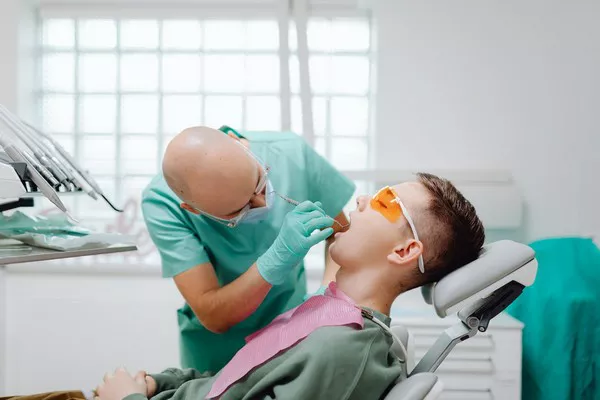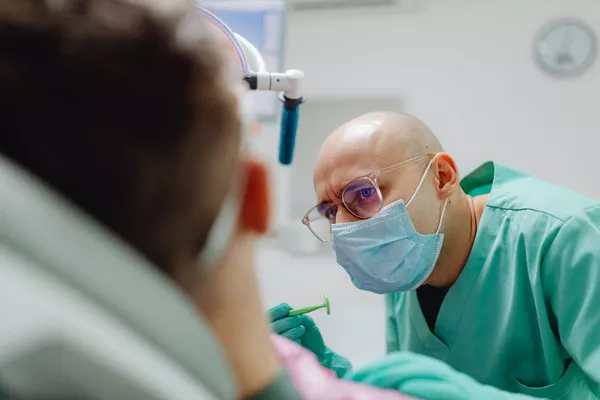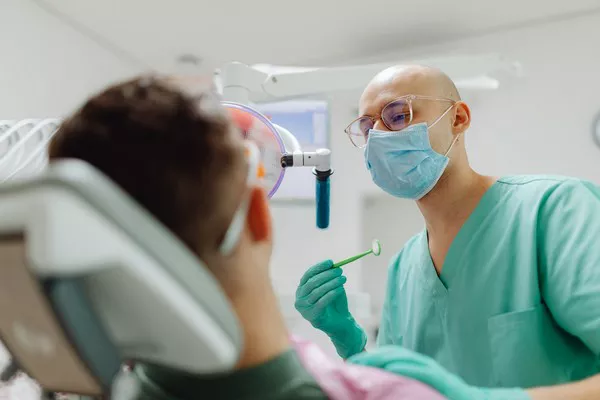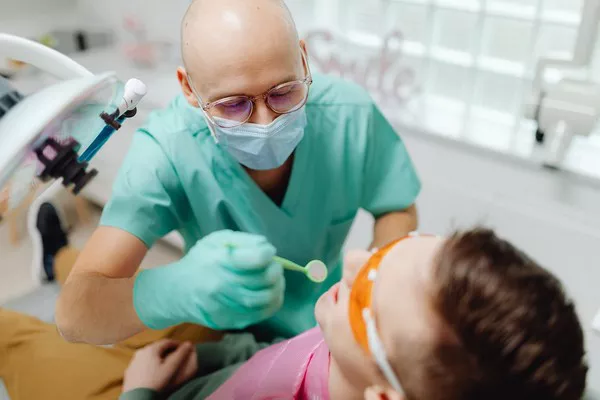A beautiful smile is a valuable asset, and many individuals seek orthodontic treatment to achieve straighter teeth. However, before embarking on this journey, it’s essential to understand the costs associated with teeth straightening. This article aims to provide an in-depth analysis of the various factors that contribute to the overall cost of orthodontic treatment, including different treatment options, insurance coverage, additional expenses, and the long-term benefits of investing in a straighter smile.
Treatment Options
When it comes to teeth straightening, several treatment options are available, each with its own cost considerations. Traditional metal braces, ceramic braces, lingual braces, and clear aligners (such as Invisalign) are among the popular choices. Metal braces are generally the most affordable, while lingual braces and clear aligners tend to be more expensive due to their discreet nature and advanced technology. It is important to consult with an orthodontist who will evaluate your specific case and recommend the most suitable treatment option, considering both your dental needs and financial circumstances.
Factors Influencing Costs
Several key factors can influence the cost of teeth straightening, including:
a. Complexity of the Case: The severity of misalignment and any associated bite issues can impact the overall treatment duration and complexity, thus affecting the cost.
b. Geographic Location: The cost of orthodontic treatment can vary significantly depending on your geographic location, with urban areas generally having higher prices compared to rural areas.
c. Orthodontist’s Expertise: An experienced orthodontist may charge higher fees based on their expertise and reputation. However, it’s crucial to strike a balance between cost and quality of care.
d. Additional Treatments: In some cases, additional procedures such as tooth extraction or jaw surgery may be required to achieve the desired results. These treatments will incur additional costs.
e. Retention Phase: Following the active phase of orthodontic treatment, a retention phase is necessary to maintain the straightened teeth. This typically involves wearing retainers. The cost of retainers should be factored into the overall treatment expenses.
Insurance Coverage
Dental insurance and orthodontic coverage vary significantly among different providers and policies. Some dental insurance plans cover a portion of orthodontic treatment, while others may not cover it at all. It is essential to review your insurance policy carefully, including any waiting periods or limitations, and check whether orthodontic treatment falls under the covered services. If you have orthodontic coverage, familiarize yourself with the terms, such as deductibles, co-pays, and annual maximums, to understand the extent of financial assistance provided.
Additional Expenses
Apart from the direct costs associated with orthodontic treatment, there are other potential expenses to consider. These may include the initial consultation fee, X-rays, photographs, teeth impressions, adjustments, emergency visits, and post-treatment care. Over-the-counter pain relievers, wax for discomfort caused by wires, and cleaning supplies for maintaining oral hygiene may also add to the overall expense.
Long-Term Benefits
While the cost of teeth straightening may seem significant, it’s crucial to consider the long-term benefits that go beyond aesthetics. Straighter teeth can improve oral health, enhance self-confidence, promote better speech, and facilitate proper chewing and digestion. Additionally, addressing dental misalignment early on can potentially prevent more severe problems in the future, leading to cost savings in the long run.
Conclusion
Investing in teeth straightening is an important decision that requires careful consideration of various factors, including the associated costs. The actual cost of treatment varies widely based on factors such as the chosen treatment option, geographic location, case complexity, and additional treatments required. Understanding the specifics of your insurance coverage and factoring in potential additional expenses is crucial for accurate financial planning.
While the financial investment may seem daunting, it’s essential to recognize the long-term benefits of achieving a straighter smile. Improved oral health, increased self-confidence, and enhanced overall well-being are invaluable outcomes that can positively impact both personal and professional aspects of life.
In conclusion, consulting with an experienced orthodontist who can provide a detailed treatment plan and cost estimate tailored to your specific needs is the first step towards realizing your goal of a beautifully aligned smile. Remember, the investment you make today in teeth straightening can yield lifelong benefits that extend far beyond their monetary value.
Related Topics:





























